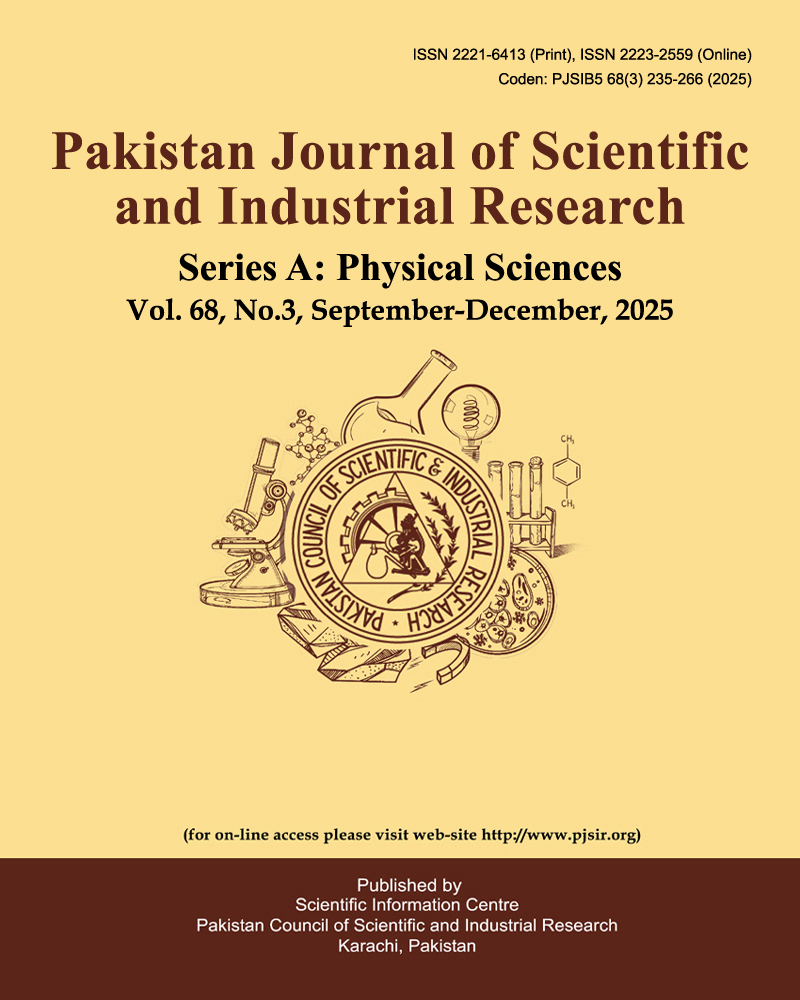Biochemical Analysis of Inorganic Ions in Normal and Hepatitis C Patients
Role of Trace Elements in Hepatitis C Patients
Abstract
Trace elements are crucial for human metabolism, primarily processed in the liver. Liver diseases can alter their levels, especially during viral infections like Hepatitis C (HCV). HCV can lead to chronic liver problems. The blood samples were collected in ‘gel and clot activator’ tubes, allowed to clot and the serum was separated. Nitric acid was added to the serum to coagulate proteins and the samples were heated for one day at 150 °C for protein digestion. The pH was adjusted to 7 using ammonium hydroxide. Using Atomic Absorption Spectrophotometry (AAS), researchers found that HCV patients had higher levels of iron (Fe), lead (Pb), manganese (Mn), cobalt (Co) and copper (Cu) but lower levels of zinc (Zn) compared to healthy individuals.


